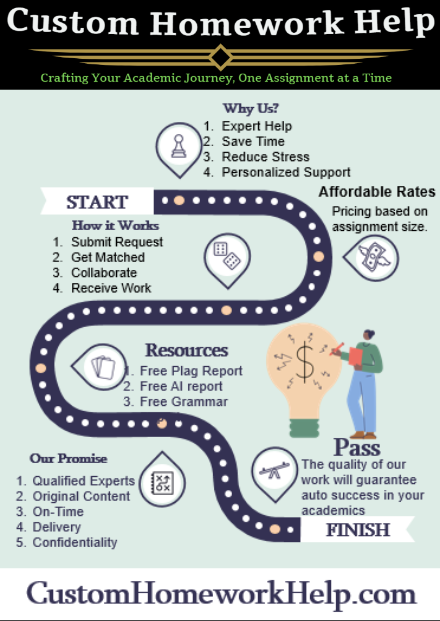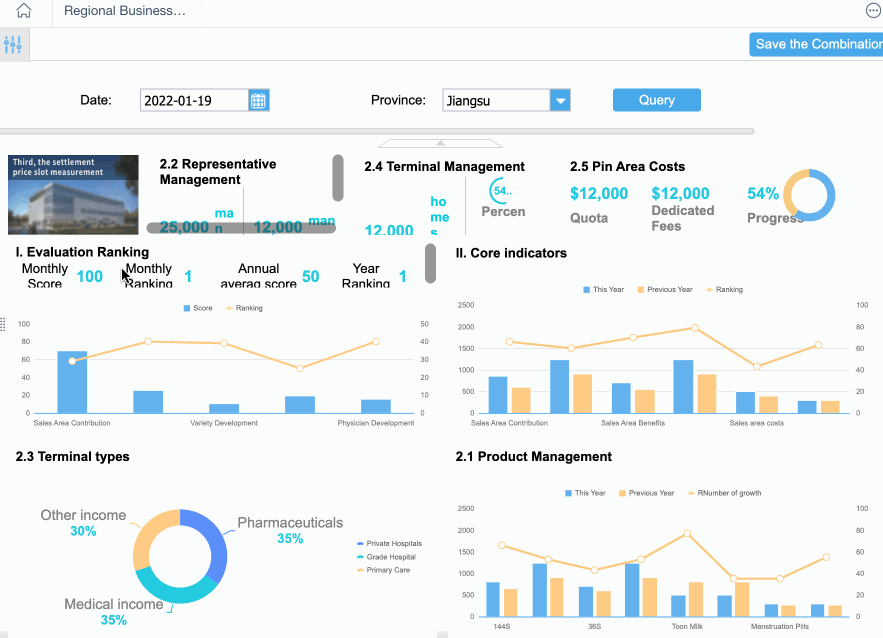The Benefits of Online Homework Help: Revolutionizing Student Learning
The educational landscape rapidly evolves in the digital age, offering innovative solutions to enhance student learning experiences. One such transformative development is online homework help, a resource becoming increasingly indispensable for students of all ages. From personalized learning to flexible scheduling, the benefits of online homework help are manifold, significantly boosting academic performance and overall educational success.
Personalized Learning Experience
Online homework help platforms often use advanced algorithms and artificial intelligence to tailor learning experiences to individual student needs. This personalization ensures that students receive assistance tailored to their unique learning styles and academic challenges. Unlike traditional classroom settings, where one-size-fits-all approaches can leave some students behind, online tutors can focus on areas where students need the most help, enhancing understanding and retention of the material.
Access to Expert Assistance
One of the standout advantages of online homework help is the access it provides to a diverse pool of experts. Students can connect with tutors with specialized knowledge in specific subjects, ensuring high-quality assistance. Whether it’s a complex math problem or an intricate history essay, students can find qualified professionals who can guide them through the material, helping them to grasp complex concepts and improve their grades.
Flexibility and Convenience
The convenience of online homework help cannot be overstated. Students no longer need to adhere to rigid schedules or commute to tutoring centers. Instead, they can access help anytime and anywhere, making it easier to fit study sessions into their busy lives. This flexibility is particularly beneficial for students who juggle multiple responsibilities, such as extracurricular activities, part-time jobs, or family commitments.
Interactive and Engaging Learning Tools
Many online homework help services incorporate interactive tools and multimedia resources to make learning more engaging. From video tutorials and interactive quizzes to virtual whiteboards and real-time chat functions, these tools cater to various learning preferences and can make studying more enjoyable. This engagement not only helps to maintain student interest but also reinforces learning through active participation.
Improved Academic Performance
Regular access to quality homework help can significantly improve academic performance. By receiving timely assistance, students can stay on top of their coursework, avoid falling behind, and develop a deeper understanding of the subject matter. This proactive approach to learning can result in better grades, higher test scores, and a more robust academic record.
Boosted Confidence and Independence
As students become more adept at handling their homework with the help of online resources, they often experience a boost in confidence. This newfound confidence can translate into greater independence in their studies. Students learn to tackle challenging problems independently, develop critical thinking skills, and build a strong foundation for future academic and career success.
Cost-Effective Solutions
Online homework help is often more affordable than traditional in-person tutoring. Many platforms offer various pricing plans, including pay-as-you-go options and subscription models, making them accessible to many students. Additionally, the elimination of travel costs and the ability to choose specific help when needed contribute to the overall cost-effectiveness.
24/7 Availability
The round-the-clock availability of online homework help means that students can get assistance whenever needed, even during late-night study sessions or weekends. This 24/7 accessibility ensures that help is always available, reducing stress and anxiety associated with looming deadlines and challenging assignments.
Conclusion
Online homework helps revolutionize students’ learning, providing many benefits that enhance academic achievement and the overall educational experience. The advantages are clear, from personalized learning and expert assistance to flexible scheduling and interactive tools. As technology advances, online homework help will undoubtedly become even more integral to student success, paving the way for a brighter, more accessible future in education.
Needs help with similar assignment?
We are available 24x7 to deliver the best services and assignment ready within 3-4 hours? Order a custom-written, plagiarism-free paper











